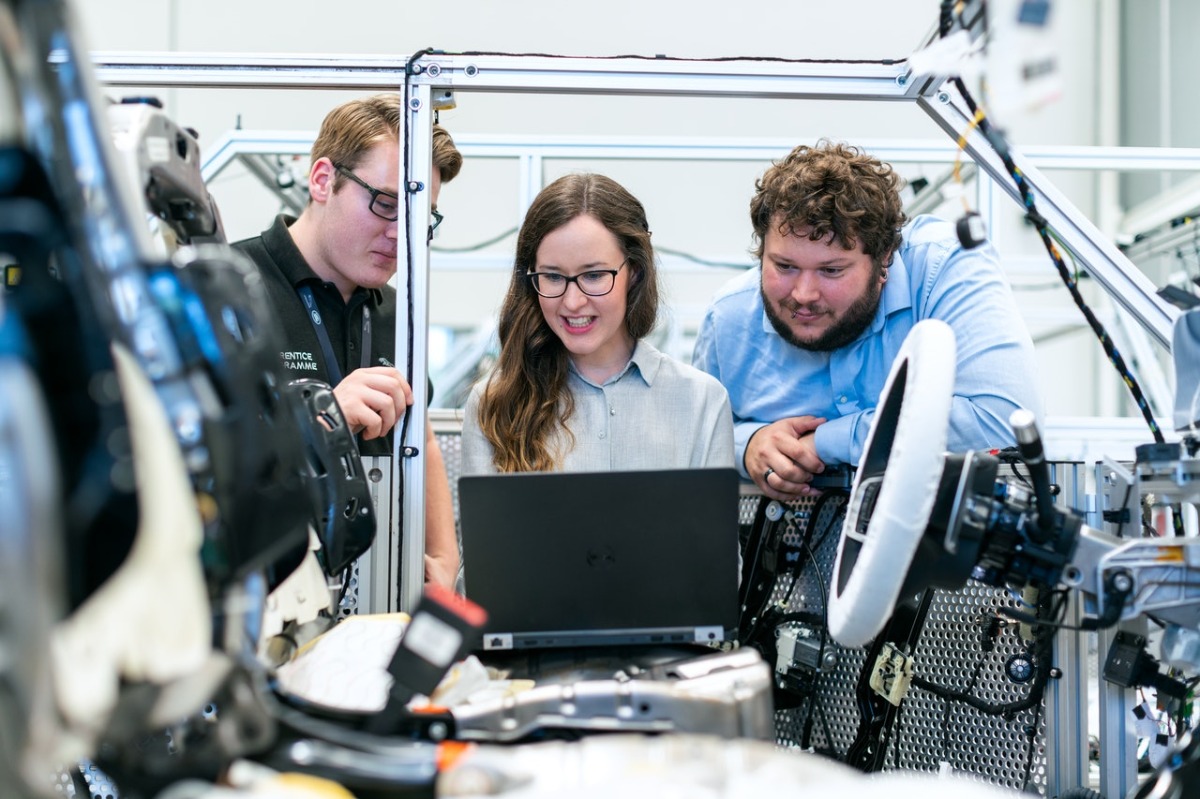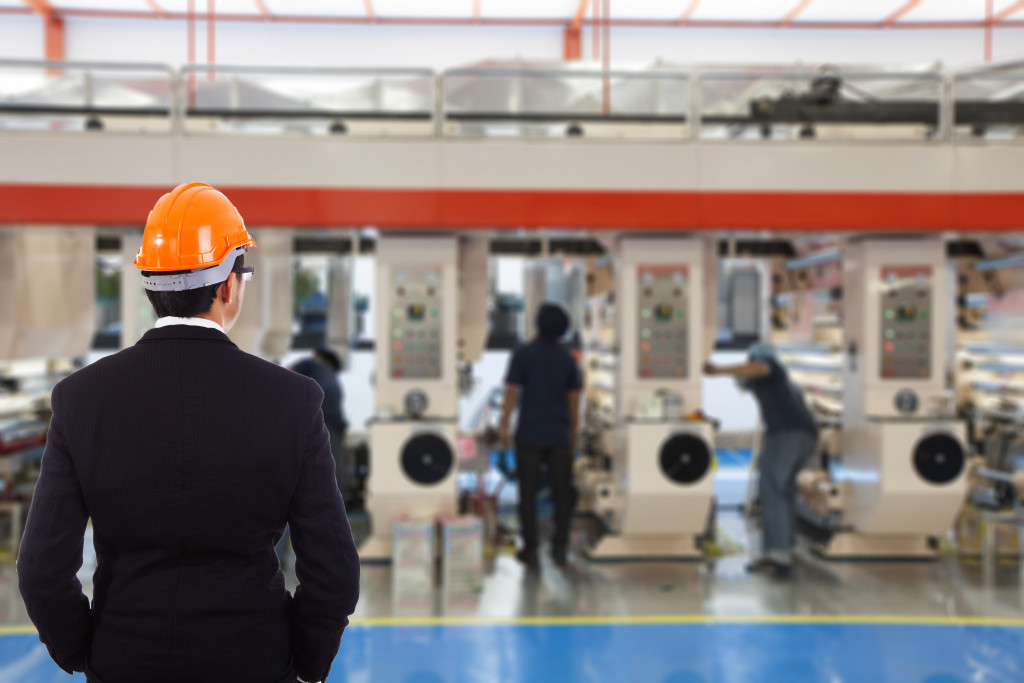The future for factories is in the application of technological innovations. Not only does it make processes and systems more efficient, but it also promotes better safety and compliance, greater productivity, and lower operating costs. But with so many tech-driven products and services in the market today, where should factories start? Here are five ideas:
1. Invest in Rugged Components
Usually, the image people have about factories includes huge air-conditioned warehouses. But this setup doesn’t apply to all types of industries. Sometimes, these plants can be in the middle of nowhere, surrounded by dust, debris, and other environmental conditions.
Think of those that operate in the Middle East or Tesla’s battery plant in the middle of the Nevada desert. There are also buildings in the Arctic where temperature can be as low as minus 82.4 degrees Fahrenheit (28 °C) in the summer.
PCs, laptops, and other computing devices need to operate at certain levels of temperature and humidity. Otherwise, they become less efficient and are prone to wear and tear. Their shortened lifespan can only increase business spending.
To avoid these issues, factories can start investing in rugged computer units. Unlike regular PCs, these kits often feature a fanless and ventless design to minimize particle intrusion. They have a more solid built, and they can operate at extreme temperatures from 0 to minus 104 degrees Fahrenheit (40 °C).
2. Create a Chip Shortage Contingency Plan
Factories building cars and car parts, consumer electronics, and even renewable energy, such as turbines and solar power, need to seriously consider creating a contingency plan for the ongoing chip shortage problem.
The lack of electronic components, such as sensors and semiconductors, is due to a variety of factors. There’s the supply and demand and economic and political sanctions. The COVID-19 pandemic also hampered the delivery and manufacturing of these chips.
Unfortunately, no two chips are the same. The ones intended for consumer electronics are not ideal for the automotive industry and vice versa.
One of the best examples of a contingency plan is that of Toyota. Since the 2011 earthquake in Japan, it launched the RESCUE (Reinforce Supply Chain under Emergency) program to ensure the consistency and continuity of the supply chain even during emergencies.
For example, the carmaker, who also introduced the just-in-time (JIT) inventory model, started buying more of the critical components, such as chips. Moreover, it created the 60/20/20 system. The vendor that provides 60 percent of the needed material is the primary supplier. However, in the event that it cannot meet the requirements, the other two suppliers can fill in the gap.

3. Consider Edge Computing
Factories that try to be more tech-driven also embrace the cloud to make it easier to scale, improve their efficiency and productivity, and reduce their operating costs. For instance, using software as a service (SaaS), businesses can pick a bundle that fits their needs and budget and get away with the non-maintenance and upgrading of the platform. Furthermore, for a more affordable price, they can use the same tools that big companies may be using.
But cloud computing can also have issues. Besides the risk associated with cybersecurity, the cloud can also increase latency because of high bandwidth traffic. It can be extremely problematic for systems (including internet of things devices) that are dependent on real-time data, such as pressure gauges.
To help solve the problem, tech experts are promoting edge computing, which is a concept of bringing computing (including the cloud and data analytics) much closer to the source. This solution can be a device or a system.
By doing computing on the edge, data are less likely to become subject to bottlenecks and, therefore, latency. In other words, devices like the sample mentioned can receive their much-needed information more quickly. They can also make their cloud platform more scalable and efficient. Now, a business has the option of which data they plan to store for a longer period in these places.
4. Merge IT and OT
Another growing concern for many industries is the widening gap between information technology and operational technology (IT/OT). While both can coexist in the business, they seem to not communicate well.
In many cases, OT components are legacy and proprietary, while IT is more seamless and accessible. But the gap means that the company fails to make the most of the available data stored in OT devices or systems. On the other hand, it cannot maximize the scalability and efficiency that IT can offer.
Fortunately, newer technologies help bridge the gap. There’s SCADA (supervisory control and data acquisition) system that includes a command center and a communication network that links servers in various locations to the command center.
For businesses to thrive, they need to innovate. Technology helps factories improve their processes, maximize their resources, and lower company costs without letting them deviate from the core of their operations.

